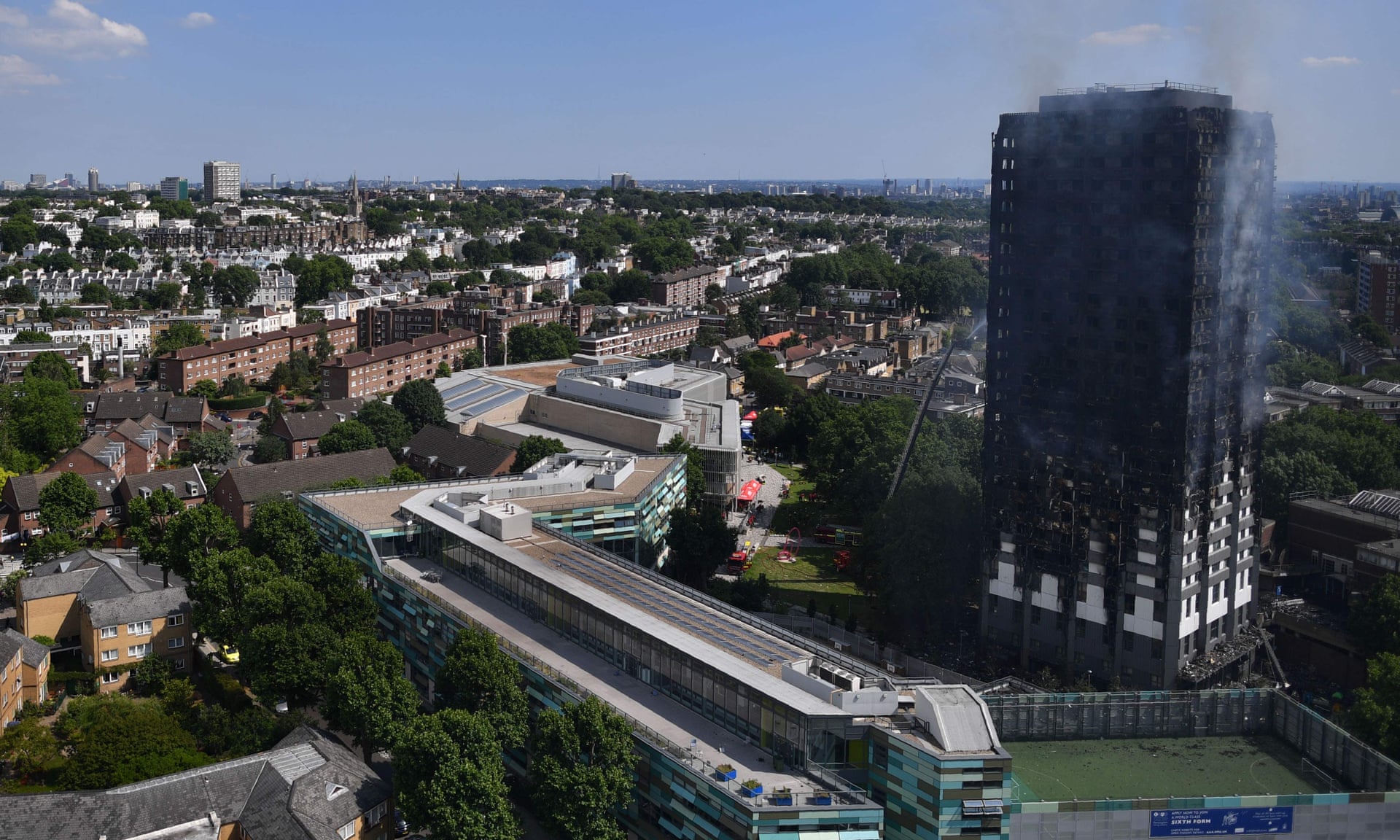Gas Leaks
Gas-filled windows will leak over time -- as much as 1% per year, according to some estimates -- depending on the quality of the window and its installation, the building’s climate, including its exposure to the sun and the altitude, and other factors. However, these windows will usually perform adequately even after many years of gradual depressurization. According to the National Glass Association, if 80% of the gas remains in spite of gradual leakage over time, a window can be expected to maintain its properties and effectiveness. That means that, "even if 1% was leaking out per year, the window would still be effective in 20 years.”
If the breach is significant, however, the window will no longer be an effective thermal barrier and may require replacement. Condensation or fog inside the window unit indicates that the gas fill has escaped and been replaced with moisture-laden air. Homeowners should clean the window's exterior to be sure that the observed moisture is, in fact, within the window rather than on its surface. The manufacturer or installer should be contacted if the window fails. Leaks can be detected only with special gas-detection equipment. But homeowners should rest assured that leaked argon or krypton poses no health hazards to a home's occupants.



